On The Spot
I first noticed it in my 40s: light brown areas appearing on my cheeks and below my eyebrow. They were particularly visible because of my fair skin, but I wasn’t the only one in my group of friends who had marks appearing on their face. I started searching for a cure, but first I had to find out more about what I was dealing with.
There is no one single cause for the dark marks that appear on our faces as we age, says dermatologist Anita Patel. Sun damage is one factor – particularly as our faces are uncovered most of the time – but these marks may also be freckling, flat moles, post-inflammatory pigmentation (the way the skin heals after inflammation or injury) or hormonal pigmentation, associated with menopause.
It is not just fair-skinned people like me who are prone to pigmentation. Fair skin is more vulnerable to sun exposure (“Of paramount importance is to always, always apply a 50 SPF block”, says Dr Patel) and the resulting long-term damage but darker skin is more likely to develop post-inflammatory pigmentation. Meanwhile, hormonal pigmentation affects all skin types. “We don’t fully understand the hormonal basis of this type of pigmentation,” says Dr Patel. “But mostly it’s due to raised oestrogen, associated with either the oral contraceptive pill or pregnancy.”
Different types of pigmentation appear in different areas. Hormonal pigment usually affects the cheeks, mid-forehead and upper lip, while solar pigment usually – but not always – appears as discrete spots.
Different types of pigmentation also have different treatments, which is why Dr Patel says it is important to be diagnosed by a dermatologist. “Hormonal pigment and post-inflammatory pigment can look very similar, so it’s important to obtain the correct diagnosis,” she says.
““One treatment doesn’t fit all types of pigmentation, and a treatment for one person may not work for another person.” ”
Dermatologists and cosmetic laser clinics advertise a range of treatment options including IPL (intense pulsed light) and laser. “IPL has two or three colours within it, while laser is one single colour of light packaged into a high intensity energy beam delivered into the skin,” says Dr Patel.
How successful your treatment may be depends in part on the type of pigmentation being treated. “For solar damage – freckling and pigmentation – treatment can be effective. However hormonal pigmentation is difficult. We ask patients to have realistic expectations – we can’t promise it won’t come back,” says Dr Patel.
In particular, IPL is not recommended for hormonal pigmentation. “We know for 30 per cent of patients, nothing happens. Thirty per cent get worse and 30 per cent may see some initial improvement but ultimately the pigmentation comes back,” says Dr Patel. Instead, she recommends using hormonal pigment fading cream regularly for three months, before trying a peel or laser treatment
Some patients may require a blend of treatments. “One treatment doesn’t fit all types of pigmentation, and a treatment for one person may not work for another person,” Dr Patel says.
Recent retiree Jackie Phillips, 59, can attest to that. She was told by a GP in 2018 that she “didn’t need to live” with an area of pigmentation on her right cheek. “The GP saw it as a cosmetic thing and wrote a referral to a dermatologist,” Jackie says.
The dermatologist advised treating the spot – around the size of a five-cent coin – with three sessions of laser treatment. “Each treatment was $423 plus there was an initial consultation fee, so approximately $1500 all up. When the third scab came off, there was no change at all.”
Before you invest money in a treatment, Dr Patel suggests being realistic about what the final result might look like. “If you have other poor skin-quality factors – lots of broken blood vessels or porous, slightly yellowy skin because of altered collagen from sun damage – you won’t get an ideal outcome,” she says.
As for me, after a few visits to a non-surgical cosmetic clinic left me feeling ambivalent about the results – not to mention quite a bit poorer – I resigned myself to falling back on foundation to even out my complexion. One day, more pronounced wrinkling might put an end to that solution, but I’ll work that one out when I get there.

